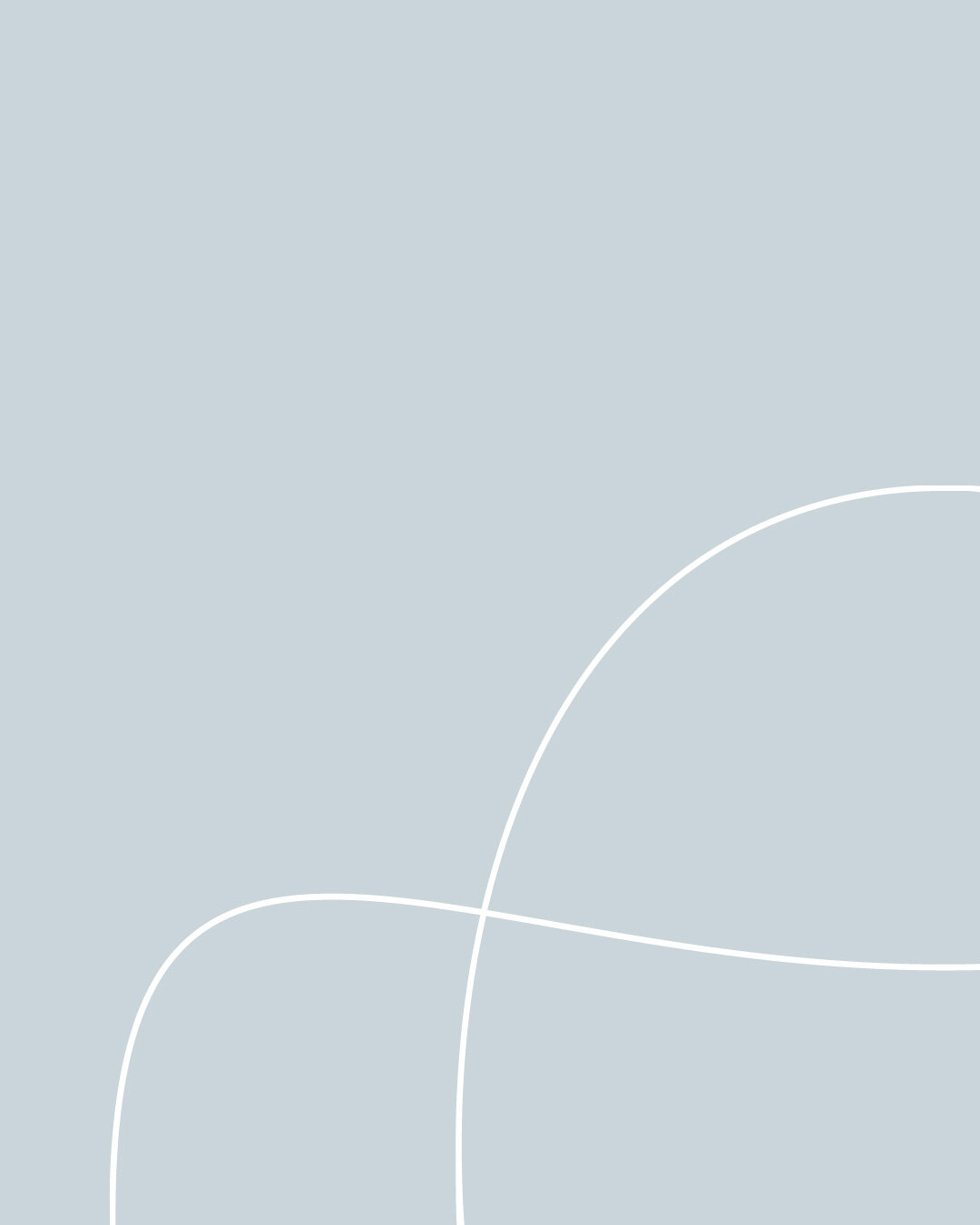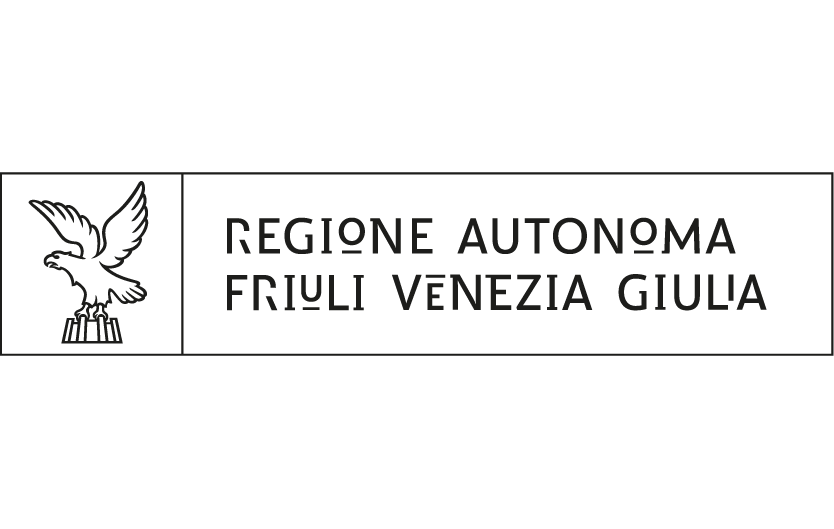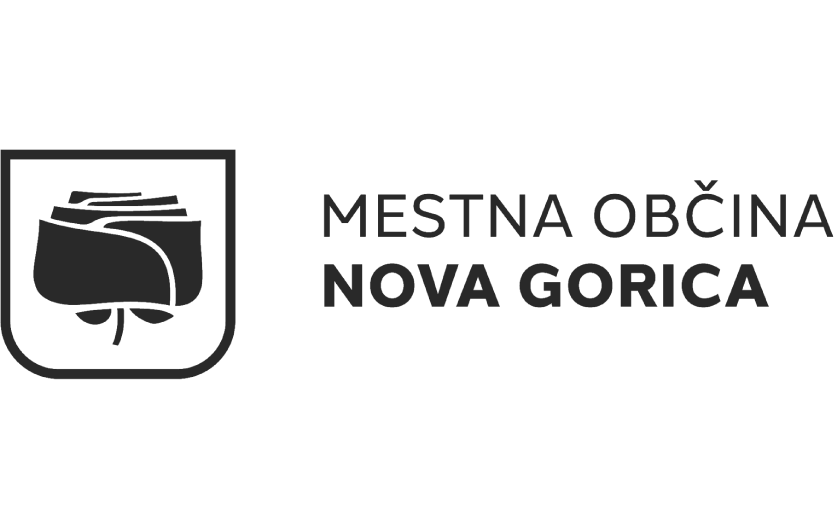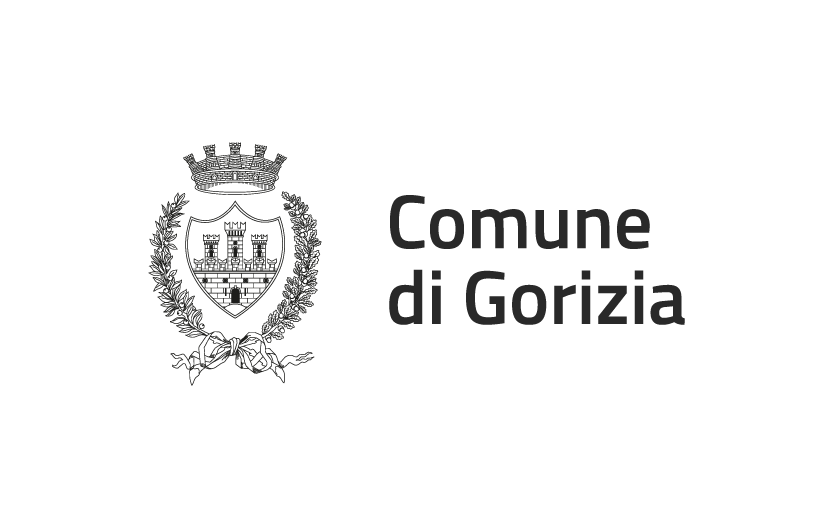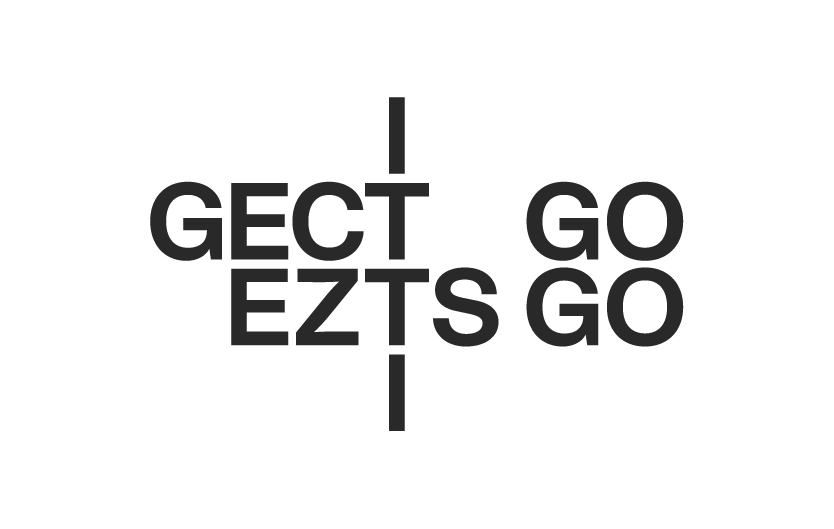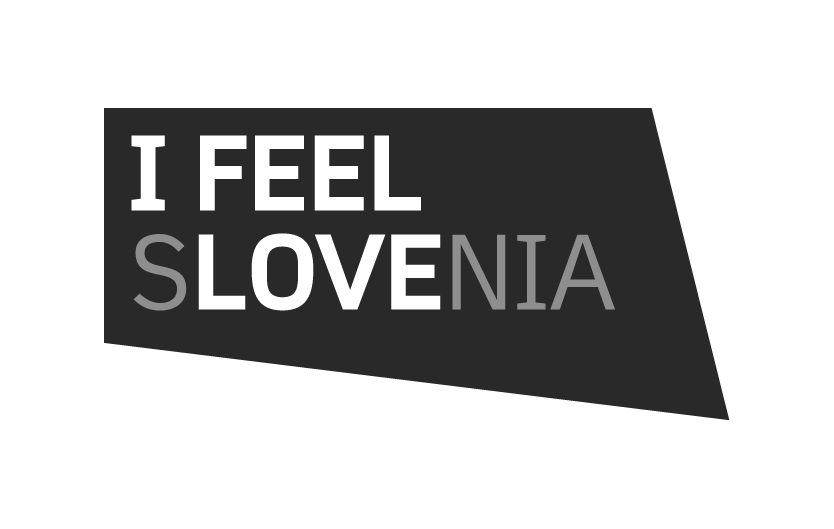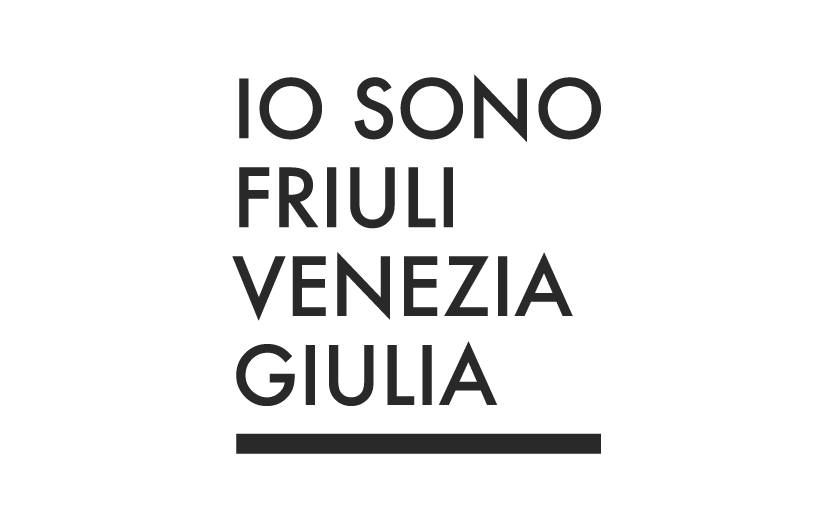When:
03 - 30/09/2025 everyday from 14:00 to 19:00
Where:
Palazzo Lantieri, Piazza Sant'Antonio 6
30170 Gorizia
(GO)
- September 3, 2025 14:00 - 19:00
- September 4, 2025 14:00 - 19:00
- September 5, 2025 14:00 - 19:00
- September 6, 2025 14:00 - 19:00
- September 7, 2025 14:00 - 19:00
- September 8, 2025 14:00 - 19:00
- September 9, 2025 14:00 - 19:00
- September 10, 2025 14:00 - 19:00
- September 11, 2025 14:00 - 19:00
- September 12, 2025 14:00 - 19:00
- September 13, 2025 14:00 - 19:00
- September 14, 2025 14:00 - 19:00
- September 15, 2025 14:00 - 19:00
- September 16, 2025 14:00 - 19:00
- September 17, 2025 14:00 - 19:00
- September 18, 2025 14:00 - 19:00
- September 19, 2025 14:00 - 19:00
- September 20, 2025 14:00 - 19:00
- September 21, 2025 14:00 - 19:00
- September 22, 2025 14:00 - 19:00
- September 23, 2025 14:00 - 19:00
- September 24, 2025 14:00 - 19:00
- September 25, 2025 14:00 - 19:00
- September 26, 2025 14:00 - 19:00
- September 27, 2025 14:00 - 19:00
- September 28, 2025 14:00 - 19:00
- September 29, 2025 14:00 - 19:00
- September 30, 2025 14:00 - 19:00
